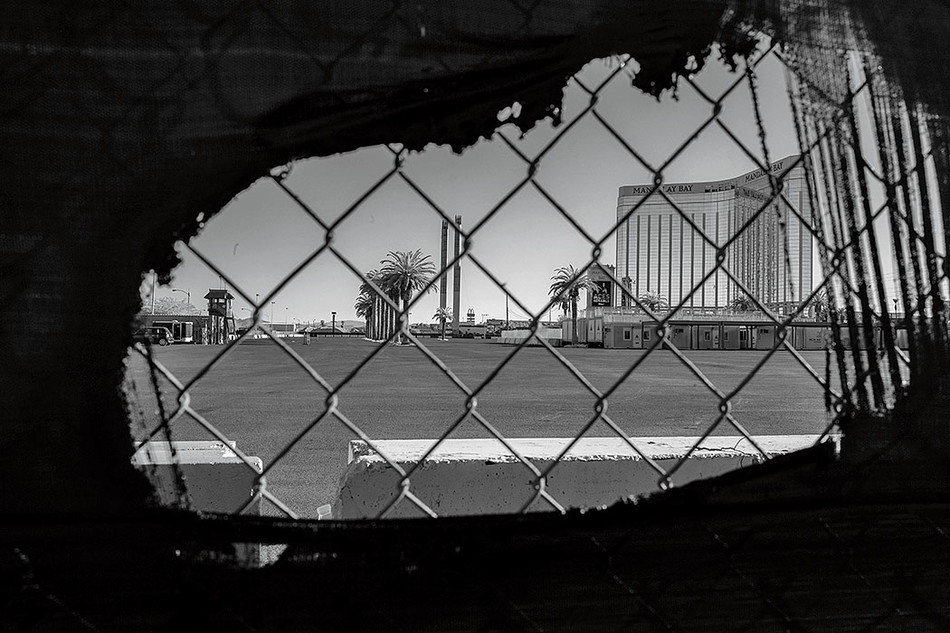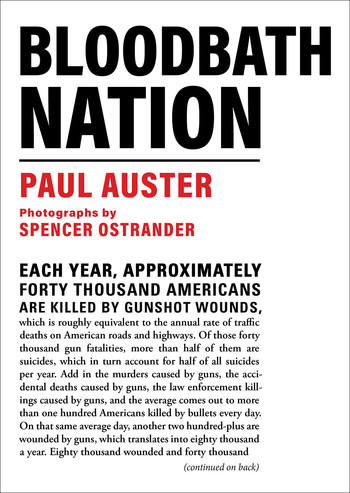When Paul Auster ’69CC, ’70GSAS was a young man, he learned a dark family secret: on January 23, 1919, in the throes of a domestic argument, his grandmother shot and killed his grandfather. “Whenever I think about the essential goodness of my father and what he could have become,” Auster writes, “I also think about the gun that killed my grandfather — which was the same gun that ruined my father’s life.” That ineluctable ripple effect permeates Auster’s latest work, Bloodbath Nation, an aptly titled investigation into the causes and consequences of gun violence.
Countless writers have addressed this timely topic, but many pieces devolve into tirades, seemingly directed to a limited, already like-minded readership. In Bloodbath Nation, Auster takes a different tack. He asks a simple question — “What makes us the most violent country in the Western world?” — and then tries to approach its answer from a wide array of angles, incorporating elements of memoir, history, cultural criticism, sociology, and psychology.
Auster is relentlessly thorough in his interrogation of American history and the psychology of gun ownership. He analyzes everything from the turbulence of the Colonial period and the birth of the Second Amendment to the pivotal role of the Black Panthers in the gun debate and the deep flaws of our political and electoral system, in which vocal minorities can override majority opinion. But Auster’s writing is also raw, personal, and justifiably angry. Though he doesn’t offer any groundbreaking ideas for ending gun violence, he does advocate for common-sense measures such as mandatory background checks, assault-rifle bans, and the closing of the gun-show loophole.
The text alone is compelling, but Spencer Ostrander’s stark black-and-white photographs, which are thoughtfully interspersed throughout the chapters, give the book a solemn power. Each depicts the empty site of a mass shooting from recent American history. Lacking human figures, the scenes are bleak and haunting. As Auster writes in an introductory note, Ostrander’s lens transforms these forgotten structures into “gravestones of our collective grief.”
Auster understands that this book won’t solve this seemingly intractable problem, but readers who immerse themselves in this deft melding of text and visuals will emerge better prepared to reexamine their own beliefs. Perhaps they can contribute to, if not a solution, at least a mitigation of this exhausting violence.




